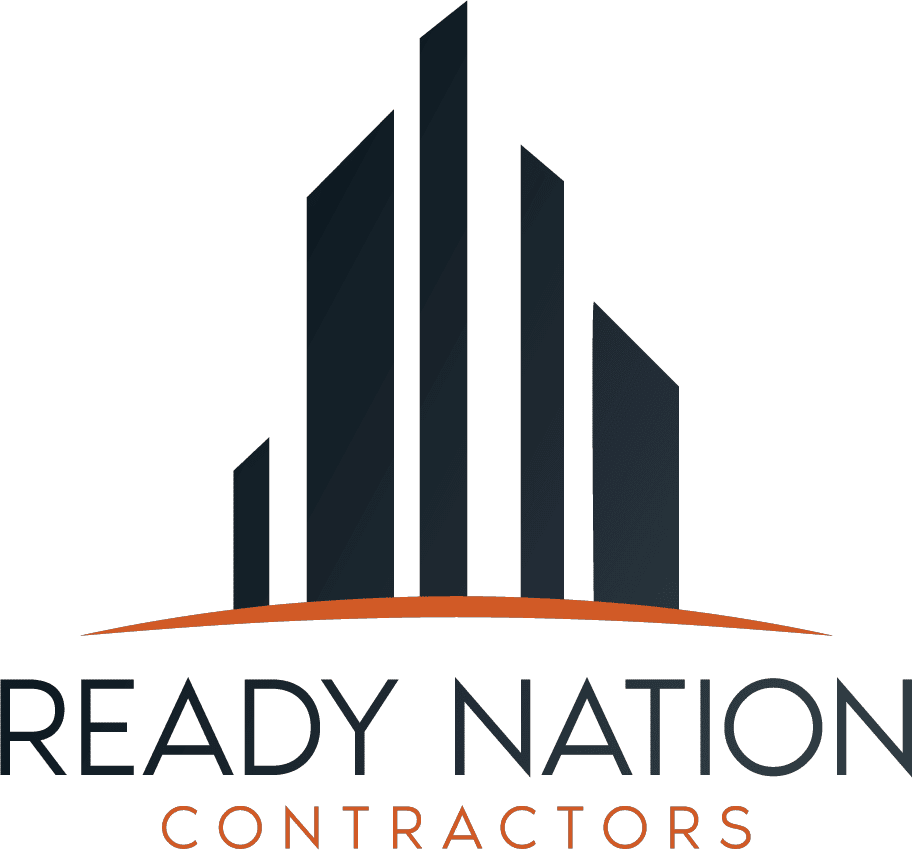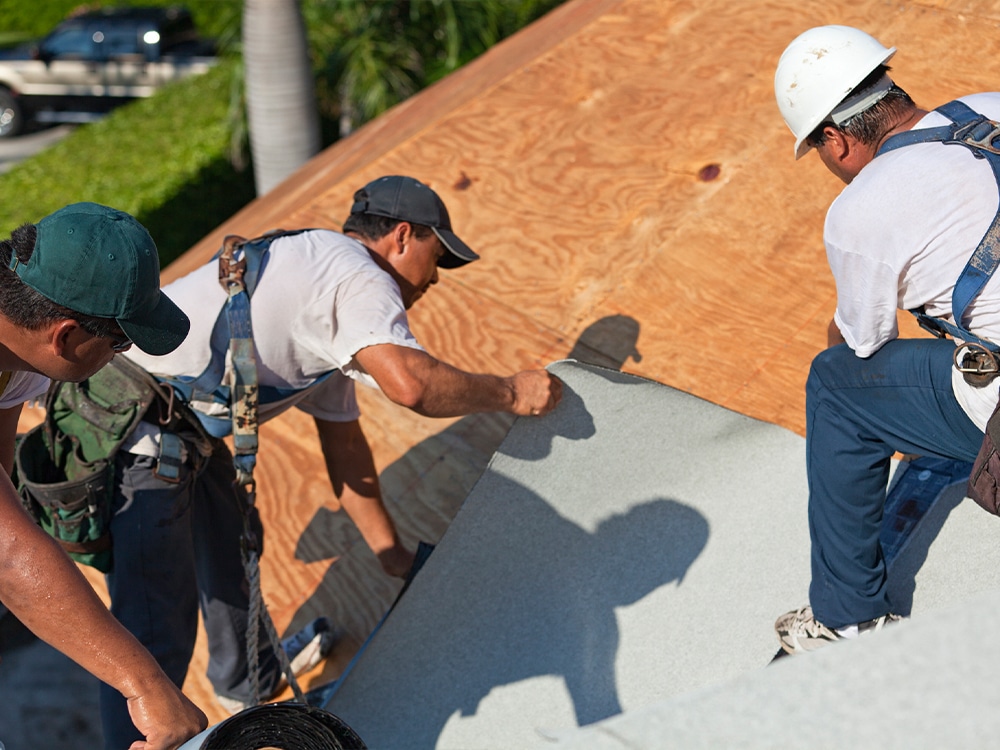Selecting suitable roofing materials ensures homes are durable and resilient in disaster-prone areas. Ready Nation Contractors understand the significance of choosing materials that withstand extreme weather conditions. This guide explores various roofing options known for their durability and suitability for disaster-prone regions. Understanding the benefits and lifespan of these materials empowers contractors to make informed decisions, creating homes that endure even the toughest challenges.
Metal Roofing
Metal roofing is highly favored for its exceptional durability and resilience against high winds, heavy rainfall, and impact from storm debris. Known for longevity, fire resistance, and minimal maintenance needs, metal roofs can last 40 to 70 years, making them a wise investment in disaster-prone areas.
Concrete and Clay Tiles
Concrete and clay tiles protect from severe weather, including high winds and hailstorms. These materials boast durability, fire resistance, and long lifespans. Concrete tiles can endure up to 50 years, while clay tiles can last over a century, though structural support adequacy is crucial due to their weight.
Synthetic Roofing Materials
Synthetic roofing materials, like synthetic slate and rubber shingles, are engineered to resemble traditional options. They offer added durability and resistance. Synthetic slate is lightweight compared to natural slate, providing excellent impact resistance. Rubber shingles are highly flexible and ideal for withstanding severe weather conditions in disaster-prone areas.
Impact-Resistant Asphalt Shingles
Popular in residential roofing for their affordability and versatility, impact-resistant asphalt shingles are suitable for disaster-prone regions. Designed to withstand hailstorms, high winds, and flying debris, these shingles have reinforced layers that extend their lifespan and enhance home protection.
Standing Seam Metal Roofing
Featuring vertical metal panels with raised seams, standing seam metal roofing offers a modern aesthetic and exceptional durability. This design enhances resistance to leaks and uplift caused by strong winds, withstanding fire and boasting a long lifespan ideal for disaster-resilient homes.
Conclusion
Choosing suitable roofing materials is critical for contractors working in disaster-prone areas. Whether metal roofing, concrete and clay tiles, synthetic materials, impact-resistant asphalt shingles, or standing seam metal roofing, each option offers unique benefits for enhancing home durability and resilience. Ready Nation Contractors prioritize informed selection and proper installation to provide homeowners peace of mind against potential disasters. Please don’t hesitate to contact us today for a free roofing assessment to ensure your home is prepared for any challenge.




